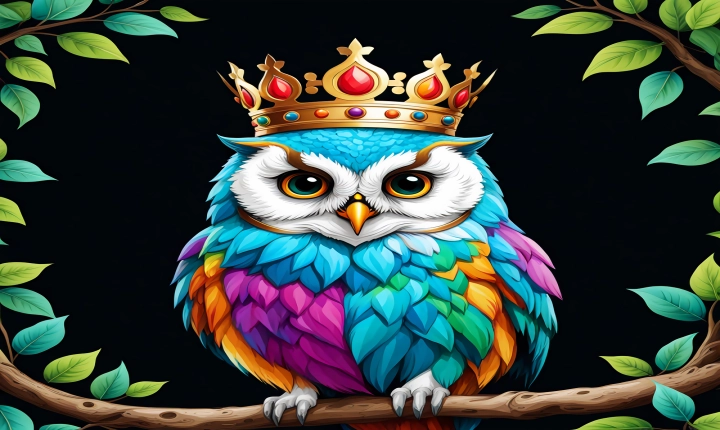Artificial Intelligence (AI) has made significant advancements in recent years, particularly in the language generation and chatbot domain. One of the leading AI models in this field is ChatGPT, a language model developed by OpenAI. ChatGPT is capable of generating human-like responses to text inputs and has gained popularity for its ability to carry on engaging, coherent conversations. However, as with any technological tool, it’s important to critically assess the origins of the work to ensure authenticity and integrity.
Identifying whether a piece of work is authored by ChatGPT or a human can be essential, especially in content creation, customer service interactions, and other contexts where trustworthy communication is crucial. Here are some techniques to help differentiate between human-generated and ChatGPT-generated content:
1. Context Evaluation:
– Review the content’s coherence and relevance within the given context. ChatGPT’s responses often maintain a relevant and coherent flow of conversation, but may occasionally generate disconnected or nonsensical replies.
– Look for specific knowledge or expertise that is beyond the scope of ChatGPT’s training data. Responses with specialized or detailed information may be more likely to originate from a human.
2. Linguistic Analysis:
– Conduct a grammatical and syntactic analysis of the text. While ChatGPT excels at generating grammatically correct sentences, it may occasionally produce subtle linguistic errors, repetition, or awkward phrasing.
– Pay attention to the use of idiomatic language, humor, or emotional expression, as these elements can be indicative of human-generated content.
3. Identifying Key Indicators:
– Consider the presence of attributes typical of ChatGPT, such as overly generic or non-committal responses, or a reliance on template-like phrases. These can be clues pointing to AI generation.
– Look for signs of natural communication, such as personal anecdotes, spontaneous remarks, or genuine emotional engagement, which are more likely to be produced by a human.
4. Cross-Verification:
– Validate the information provided by cross-referencing it with reputable sources, especially if the content includes factual claims or data. ChatGPT may produce accurate information, but human validation is essential for critical subjects.
It’s important to acknowledge that distinguishing between human and ChatGPT-generated content can be challenging, as AI models continuously improve and strive to emulate human communication. Conversely, humans may exhibit patterns of speech and behavior that resemble AI-generated responses. Thus, the process of identification requires a careful and nuanced approach.
In the pursuit of clarity and authenticity, individuals and organizations should implement transparent communication practices. If engaging in conversations or interactions where the origin of the content is relevant, disclosing whether responses are generated by ChatGPT or a human can foster trust and comprehension.
As AI technologies like ChatGPT continue to evolve, understanding the nuances of their capabilities and limitations becomes increasingly significant. By leveraging critical analysis and guiding principles, individuals and organizations can make informed assessments regarding the authorship of text-based content. This approach promotes ethical communication and supports the responsible use of AI in various domains.
